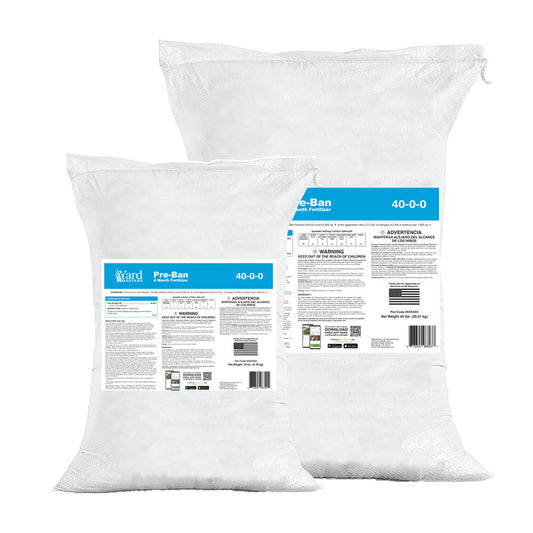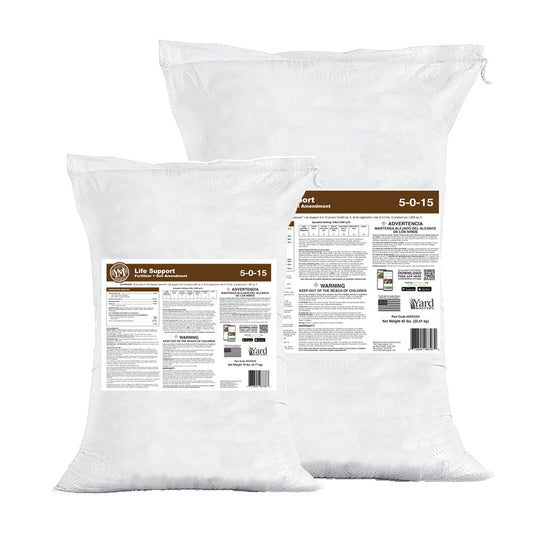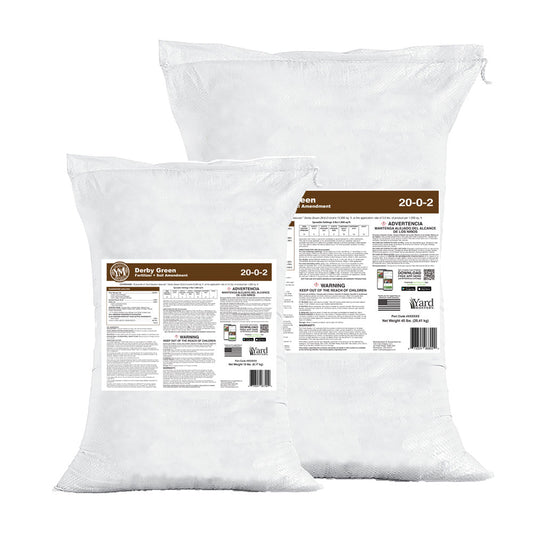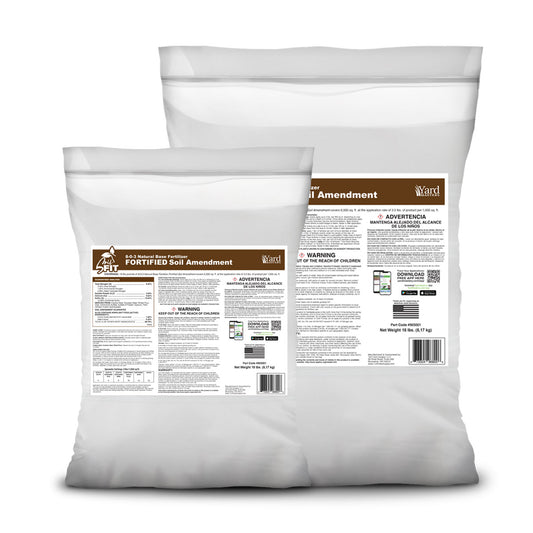Hey ya’ll - hope you had a great “Cinco de MayMow” For me, it was a day of incredible mowing adventures followed by 2-for-1 Landsharks at Pinchers Crab House in Lakewood Ranch, FL.
Speaking of that, did you see my review of the Ego 21” Self Propelled mower this past weekend? It’s not a sponsored review. I actually got the idea to review it from you guys.
In one week I got 10 different messages from folks asking if I’d recommend it -- so I went and bought one and did the review.
I also gave one away to my Patreon supporters. By the way, if you want to get fresh stickers every quarter, feel free to join up over there. It’s not a social community - just a place to get stickers and be in some giveaways.
Warning: Seed Stalks In The Lawn
This time of year I get various tweets and panicked emails from new Lawn Care Nuts asking “Allyn, what are all these seeds coming up in my lawn right now?”
In most cases, it’s actually this: https://youtu.be/8HKllY2wT94

I hope you enjoyed the old school video - those green screens were certainly fun lol.
Anyway, there may be some of you that are concerned about this vs poa annua. There is definitely a difference in the look of the seed heads. The Grass Daddy has a good video that will help.
As a rule though, poa annua plants are clumpy and a little lighter in color. Turf-type tall fescue and other cool season seed heads are more dense and concentrated.
Either way, there isn’t much you can or should do about poa annua this time of year anyway. Just let the summer heat take it out, but be prepared with a solid pre-emergent strategy for the fall time.
If you’re in doubt, seriously consider picking up my step-by-step lawn plan. It’s not too late to start. Just plug in and go. You won’t hurt anything but you certainly will learn along the way and I promise, you’ll get some results.
Last thing - many of you have picked up the Bio-Stimulant pack and are wondering what else you can do with it outside of the guide I provided. Here’s one that I am going to try in an upcoming video and figured I’d share with you.

Bare Spot Repair For St Augustinegrass and Bermuda:
It’s as simple as this: Paint the middle of the bare spot with Humic12. Literally paint it black. There is no real mix rate here - just get the bare spot black soaked, black, and put a little water on it to get it into the soil a bit. This will stimulate activity in the soil almost immediately.
From there, fill up your pump sprayer with RGS at 3oz/gallon and go ahead and spray the entire lawn (1 gallon covers 1,000 square ft)… but when you get to those bare spots, soak the edges of the bare spot (where there is growing St Aug or Bermuda) with the RGS mix. Get those edges good and dripping wet.
This still stimulates root growth, as well as rhizome and/or stolon growth.
This is also why we sell these two products together in a 2 pack. They really do work together in this manner and can be used in any new seed job you do, or in conjunction with sodding or plugging. There really isn’t a way to hurt anything - only help - so feel free to spray and pray!
This powerful 1-2 punch should really come in handy as we get into the rainy summer patterns that many of us in coastal areas often see this time of year. Think of it like putting medicine on a wound to make it heal faster. Cool right?
Milorganite Contest:
Also, don’t forget, the Milorganite “you could be on the bag” contest is in full swing and ends May 31. Get your entry in today!
Hope you are having a successful week, and I’ll see you in the lawn!







